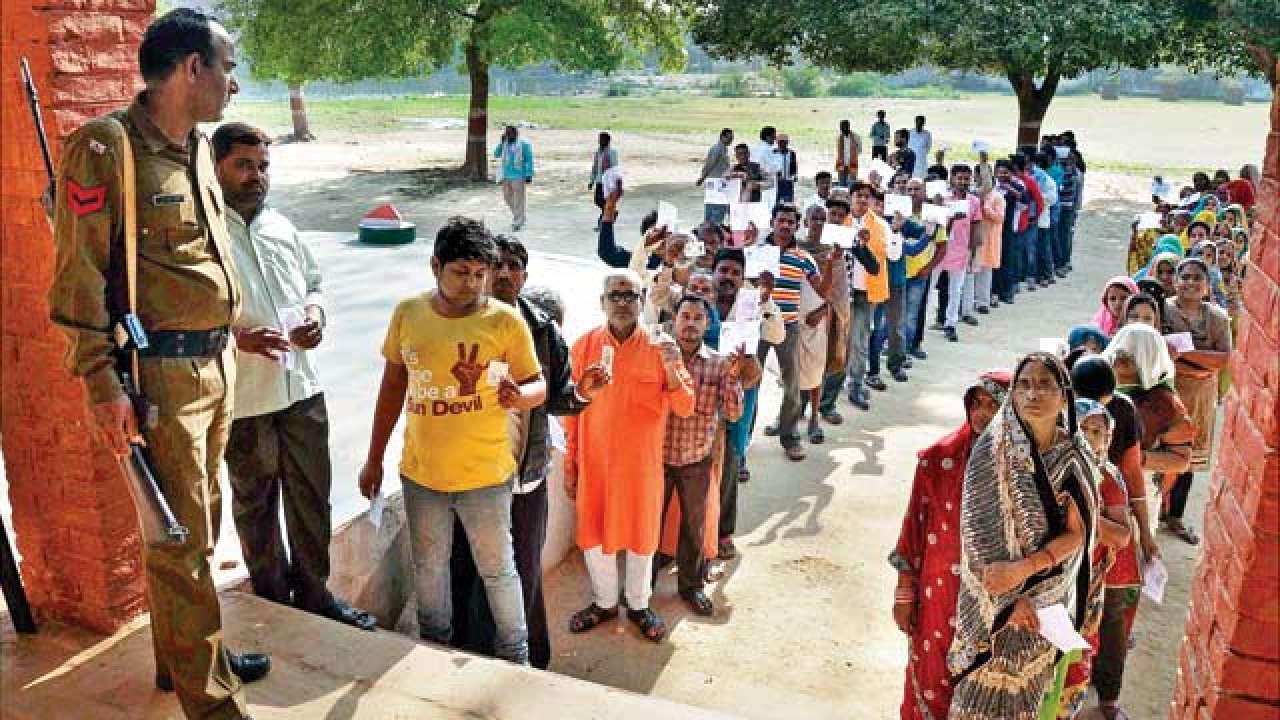
The ills of our election system are manifold and multidimensional. Our elected leaders, MPs, and MLAs, with honourable exceptions, are looked upon with contempt; are seen as working exclusively for themselves; the best talent of the country is not attracted to the vocation of politics, (some would even say the worst are), which is seen as a ‘business’ with no control, and the easiest way to make a fortune. The country is forever in ‘election mode’ with governance focusing exclusively on short-term electoral aspects. The country turns into an armed camp during elections — the Niti Aayog has raised this issue. Countless ills currently beset the country, traceable to our election process and the political class. Reforms are imperative. This piece looks only at one element — feasibility of regular, simultaneous elections at the State and at the Centre. Very few could legitimately question the desirability. Two broad approaches to this issue are mentioned below.
Till the late 1960s, the Central and State elections were held simultaneously, every five years. Since then, India has seen six Lok Sabhas not completing their term and Article 356 (President’s rule) being used 125 times. The framers of the Constitution did not take account of the baser side of human nature, and naively considered future generations of politicians to be noble-hearted and public spirited — astonishingly they did not foresee the need for checks and balances on the political class, which has proven disastrous. In short, it will be extremely desirable if we can tweak our Constitution to ensure simultaneous elections in the states and Centre every five years.
While the Indian Constitution borrows from many countries, primarily the Westminster Parliamentary model, in actual effect, it is governed in the Presidential model — all major decisions in the states are practically taken in the Chief Minister’s Office — the role of the departmental minister in general is limited to charging a hefty ‘rent’ for each transaction. Since Indira Gandhi’s time (with some periods of exception), it is the PMO which has been calling all the shots. The Parliament and State Assemblies have now become toothless symbols of sovereignty with little contribution to national governance — indeed if these Houses meet only once a year, nobody would even notice! The politicians, with exceptions, exhibit woeful lack of talent to head ministries and departments — resulting in the manifestation of the worst aspects of Parliamentary democracy and Presidential system. Switching to a Presidential model, with appropriate amendments, would certainly upgrade the quality of administration, infuse a degree of independence to the Parliament/Assembly to act as a check on the Executive, simultaneously enabling people of ability to head the ministries. This suggestion may initially seem impractical; however one surmises that such change not be struck down as unconstitutional — it may not affect the ‘basic structure’ of the Constitution — which primarily relates to the fundamental rights of the citizen.
If the nation opts to continue as a Parliamentary democracy, the objective of simultaneous elections in the Centre and in the states can be achieved when a five-year fixed tenure is conceived for Parliament; with the proviso that mid-term elections (after two-and-half-years) are conducted in the States where it is necessary. India has much experience of President’s rule in States. One has not so far seen any credible study that establishes that this is inferior in quality and efficacy to Cabinet Rule (actually, anecdotal evidence suggests the above). This debatable statement may seem contrary to the spirit of ‘democracy’ — note that Indian style of democracy, as practiced, is unique and frequently highly flawed. In proposed revised model, President’s rule in a state would be, at the most, for two years (as against the current limit of one year); the fear of President’s rule could itself act to inhibit the break-up of a House! Some thought needs to be given to the issue of five-year stability at the Centre.
Either of the above models, suggested in barest outline, certainly will not reduce the quality of governance or administration; it may affect the interest of the political class, while being immensely beneficial to the citizen, by giving him a relatively stable government. Anything is feasible in a democracy, if the people desire it. The citizens surely deserve better governance than they get today. Neither of these, in all likelihood, will be found contrary to the fundamentals of our Constitution — after all these are alternate modes of serving the citizen.
The Prime Minister has recently made a passionate call for creating a ‘New India’ in five years. It is imperative to realise that political and electoral reforms are fundamental to start off the process.
The author is a former cabinet secretary. Views expressed are personal.